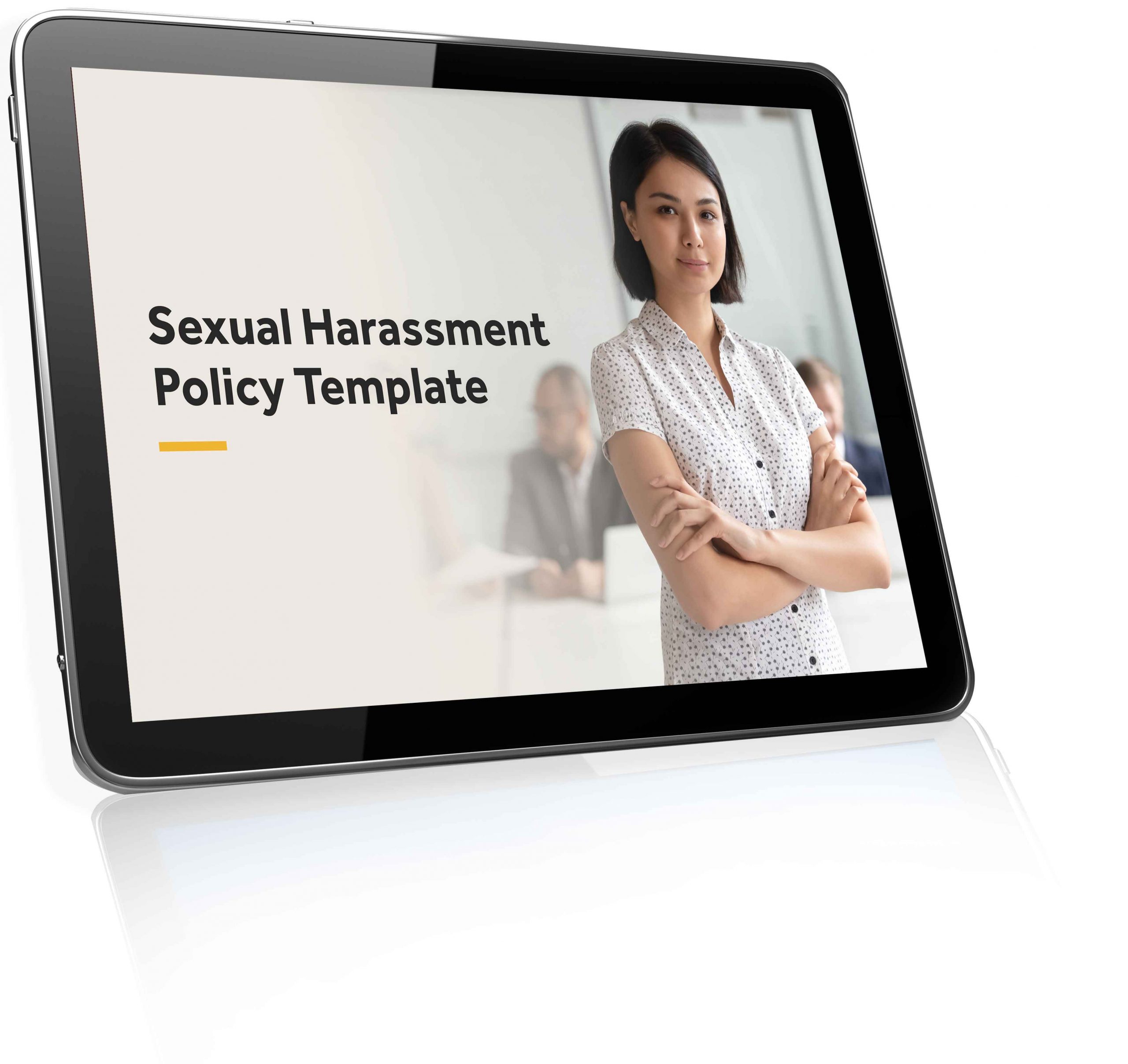
Studies indicate that people who experience sexual harassment in the workplace rarely report it because employees don’t understand what sexual harassment is. In one study, it was found that workers who initially said no, that they had not experienced sexual harassment, adjusted their answer once it was explained clearly what sexual harassment is.
As an employer, it is essential to note that almost half (45%) of survey respondents indicated that the sexual harassment stopped after making a formal report or complaint.
The Sex Discrimination Act 1984 and The Australian Human Rights Commission Act 1986 are legislation that can protect your employees in the workplace from sexual harassment. Recently there have been some important amendments that as an employer you should be aware of. The new 2021 amendments to the act are vital protections to help workers to discuss sexual harassment in the workplace without penalty for speaking up.
Amendments to the Sex Discrimination and Fair Work (Respect at Work) came into effect on 11th September 2021. This update to the act provides more protection for employees from sexual harassment and all forms of sex discrimination in the workplace. Let’s look at what this all means for employers.
What Are The Changes?
There are 4 changes that are important to remember:
Prohibiting sex-based harassment in all areas of covered by the Sex Discrimination Act.
Expanding the umbrella of the Sexual Discrimination Act and who is protected by the Sex Discrimination Act, in relation to sexual harassment.
A complaint made by an employee under the Sex Discrimination Act can now be lodged up to 24 months after the alleged behaviour. This replaces the previous 6 month time-frame.
Victimisation under the Sex Discrimination Act can be a reason for civil action of unlawful discrimination.
What Is Sex-Based Harassment?
The new amendment clarifies that it is unlawful to harass a person on the ground of their sex. Sex-based harassment is now specifically unlawful ‘in all areas of public life’ covered in the Sexual Harassment Amendment.
Sex-Based harassment is defined in the Act as:
“Unwelcome conduct that seriously demeans a person’s sex in circumstances in which a reasonable person would have anticipated the possibility that the person harassed would be offended, humiliated or intimidated.”
The Amendment protects against all workplace workers from this type of harassment.
The terms ‘worker’ and ‘a person conducting a business or undertaking’ is used to describe any persons working in a workplace.
This includes interns, volunteers, students, self-employed workers.
The new act now protects public servants at all levels of government, from harassment and discrimination in their workplace. The Act removes the exemption that applied to state public servants and employees of state offices.
Ignoring Sexual Harassment In The Workplace
The Amendment now extends the accessory to liability. It can now be deemed that a person who aids, permits, induces, instructs as well as causes another person to engage in sexual harassment or sex-based harassment can also be found to be liable for the conduct.

Does your business have a Sexual Harassment Policy in place?
Workplace sexual harassment can leave employers open to potential risks and liabilities. Having a sexual harassment policy in place can ensure you protect your business and employees. Build one with our FREE Sexual Harassment Policy Template.
What Is Victimisation?
The Amendment to the Act now clarifies that victimisation can form the basis of a civil action for unlawful discrimination.
Victimisation is a term usually describing when a person is singled out for discussing that they have been a victim and treated differently. Examples of workplace sexual harassment victimisation, might be:
Dismissal from employment or not given more work after making a complaint of sexual harassment.
Being denied a promotion or being moved to a position of lower responsibility after helping a colleague make a sexual harassment complaint.
An employer penalising a worker for making a complaint, this might mean giving them unrealistic deadlines, excluding them from work-related activities or conversations in which they may have a legitimate expectation to participate in.
Creating a difficult or oppressive environment for an individual because they have made a complaint. This could include mocking or ridiculing remarks about the person behind their back.
What Is Workplace Sexual Harassment Defined As?
Unwelcome touching
Staring or leering
Suggestive comments or jokes
Sexually explicit pictures or posters
Unwanted invitations to go out on dates
Requests for sex
Intrusive questions about a person’s private life or body
Unnecessary familiarity, such as deliberately brushing up against a person
Insults or taunts based on sex
Sexually explicit physical contact
Sexually explicit emails or SMS text messages
A working environment that is sexually permeated can also amount to unlawful sexual harassment. A hostile environment may include the display of obscene or pornographic materials for example, or crude conversations or jokes or banter that could be uncomfortable for some staff.
Is There A Time-Limit To When An Employee Can Make A Complaint?
An employee now has up to 24 months to report an occurrence of sexual harassment in the workplace.
If you are unsure of these changes and need clarification in terms of an issue in your business, please get in touch as initial advice is free to business owners. We help businesses all over Australia and New Zealand every single day.

Employsure can help
If you are unsure of these changes and need clarification on how they impact your business, call our FREE 24/7 Advice Line.







